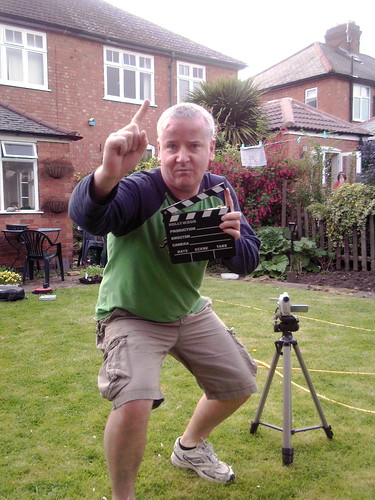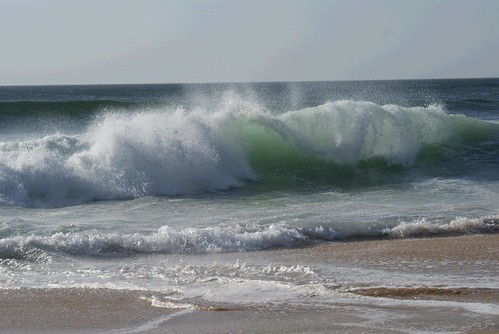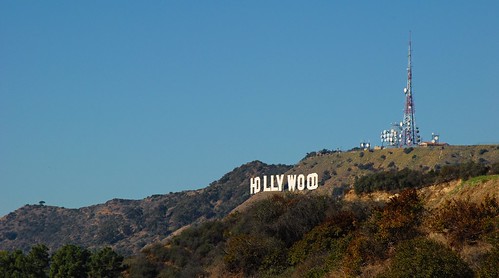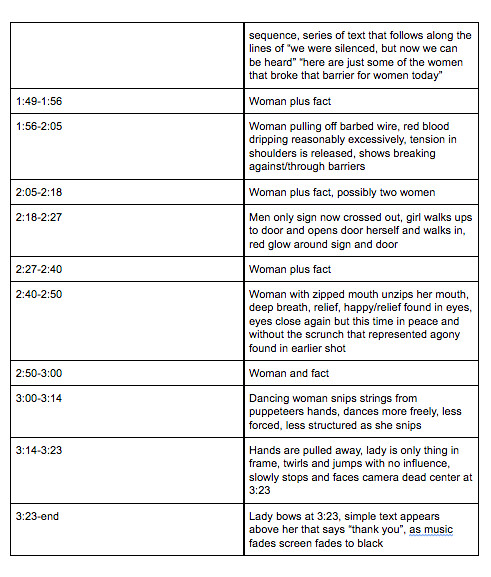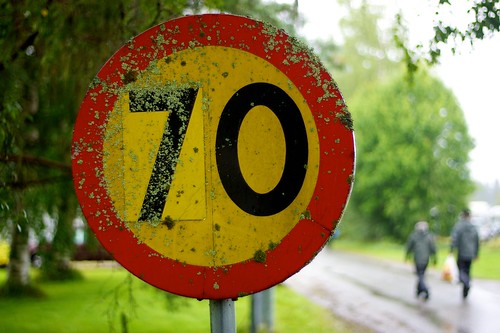
Notes
The following material is from Wikipedia.
1967-1979: New American Cinema.
- Duck Soup (1933) dir. Leo McCarey
- example of one of first satirical films
- Artists and Models (1955) dir. Frank Tashlin
- color, style and happiness meant so show how society is fake, manic, and infantile
- similar to cartoons
- Catch-22 (1970) dir. Mike Nichols
- one of great movie satires
- made fun of war
- people perceived it as being “un-American”
- Mash (1970) dir. Robert Altman
- war satire
- tragic moments filmed with upbeat tone
- used zooms and long lenses
- The Graduate (1967) dir. Mike Nichols
- set satirical tone
- was meant for a lost younger generation
- turned lights off and on to give pace to scene and dialogue, made it more interesting to look at
- The Fireman’s Ball (1967) (introduced in Episode 8) dir. Miloš Forman
- filmed similar to documentary
- One Flew over the Cuckoo’s Nest (1975) dir. Miloš Forman
- naturalistic light
- close-ups
- similar style in The Fireman’s Ball
- The Last Movie (1971) dir. Dennis Hopper
- movie about making a Western movie, anti-western
- hate letter to American film
- critics called it a fiasco and it bombed
- McCabe & Mrs. Miller (1971) dir. Robert Altman
- anti-western
- low contrast imagery to show lost characters, no heroics
- The Conversation (1974) dir. Francis Ford Coppola
- about getting lost in the fragments of other peoples’ behaviors that your own life dissolves
- Mean Streets (1973) dir. Martin Scorsese
- tracking shot scene in church, meant to show a modern saint of society, that society being made-up of gangsters
- Taxi Driver (1976) (introduced in Episode 1) dir. Martin Scorsese
- about vietnam veteran, took place in hell’s kitchen
- themes of existentialism and self obsession
- scene where main character calls girl he’s obsessed with, camera tracks away from him as if in embarrassment at watching the conversation, very modern idea
- emotional wisdom similar to Chikamatsu Monogatari
- Chikamatsu Monogatari (1954) (introduced in Episode 3) dir. Kenji Mizoguchi
- Raging Bull (1980) (introduced in Episode 5) dir. Martin Scorsese
- about self-destructive man who hits rock bottom before finding redemption
- filmed documentary style: long lenses, flat lighting, etc.
- boxing scenes: different style, switched from slow-motion shots to fast cutting, used wide lenses, zooms
- never before had explicit italian catholicism been a theme of American film
- Italianamerican (1974) dir. Martin Scorsese
- American Gigolo (1980) (introduced in Episode 7) dir. Paul Schrader
- used 80s red lighting
- main character floating through the world
- about superficials and glamour
- very similar ending to that in Pickpocket
- Light Sleeper (1992) dir. Paul Schrader
- again an empty character
- existential cinema
- very similar ending to that in Pickpocket
- Pickpocket (1959) (introduced in Episode 7) dir. Robert Bresson
- The Walker (2007) dir. Paul Schrader
- The Birth of a Nation (1915) (introduced in Episode 1) dir. D. W. Griffith
- Killer of Sheep (1978) dir. Charles Burnett
- one of greatest films of 70s
- Burnett got into film because of racial disparities in Hollywood
- told from a kid’s POV, meant to be much different than average Hollywood
- black and white
- used great black music
- made about how school system killed kids
- The Shop Around the Corner (1940) dir. Ernst Lubitsch
- Annie Hall (1977) dir. Woody Allen
- explicitly Jewish character at the center of film, not your average Hollywood male character
- free-form
- beautifully filmed montage scene meant to show appreciation for Annie
- City Lights (1931) (introduced in Episode 2) dir. Charlie Chaplin
- Annie Hall was offspring of this film
- Chaplin was center of his films, made himself the joke, similar to woody allen
- Manhattan (1979) dir. Woody Allen
- “compositional form”
- imagery is in love with the structure of the city
- wide screen images
- Jewish character at center of story again
- The Last Picture Show (1971) dir. Peter Bogdanovich
- mixed old and new
- uses old movie style: black and white, conventional reverse angle shots, country music in background, old heroic character
- at first similar to a John Ford film
- mixed in new concepts such as dissolves and wide angle tracking shots
- The Wild Bunch (1969) dir. Sam Peckinpah
- stretched neorealism idea of extending time to slow down a scene, revealed agony and beauty
- Pat Garrett and Billy the Kid (1973) dir. Sam Peckinpah
- themes of the macho west
- films a character in half light to show how he was part of main character’s conscious
- Badlands (1973) dir. Terrence Malick
- damaged characters, almost mentally ill
- Malick studied philosophy, showed in his films
- Days of Heaven (1978) dir. Terrence Malick
- “golden world”
- flowing camera movements, first time panaglide was used
- cuts between characters and landscape shots to show character trying to comprehend the infinite
- dropped peanut shells from helicopters and then reversed shots to imitate a locust swarm, actors had to walk backwards so that they would look normal after shots were reversed
- climax of scene only used lighting from fire, shallow focus, worked with films mythic ambitions
- Malick had connection with Earth and life, showed in his films
- Mirror (1975) (introduced in Episode 8) dir. Andrei Tarkovsky
- work was similar to Malick’s, also used wind
- Cabaret (1972) dir. Bob Fosse
- could have been old-style Hollywood musical, except was shot with close-ups
- “choreographed and directed using best of old techniques”
- “political messages and celebration of non-conformist sexuality were very 70s”
- The Godfather (1972) (introduced in Episode 6) dir. Francis Ford Coppola
- immoral
- shot like a Rembrandt painting
- no long lenses, no helicopter shots
- lit above head to create shadows under eye sockets, “north lighting”, was rare in American cinema
- shallow focus which internalized their focus
- showed a network of relationships
- Chinatown (1974) dir. Roman Polanski
- also about lust for power
- similar to film noir mixed with modern 70s cinema
- shot widescreen
- muted 30s colors
- precise framing
- “corruption is all-invasive”
- Polanski made ending extremely dark, “tunnel at the end of the light”
- The Maltese Falcon (1941) (introduced in Episode 2) dir. John Huston
- Jules et Jim (1962) dir. François Truffaut
